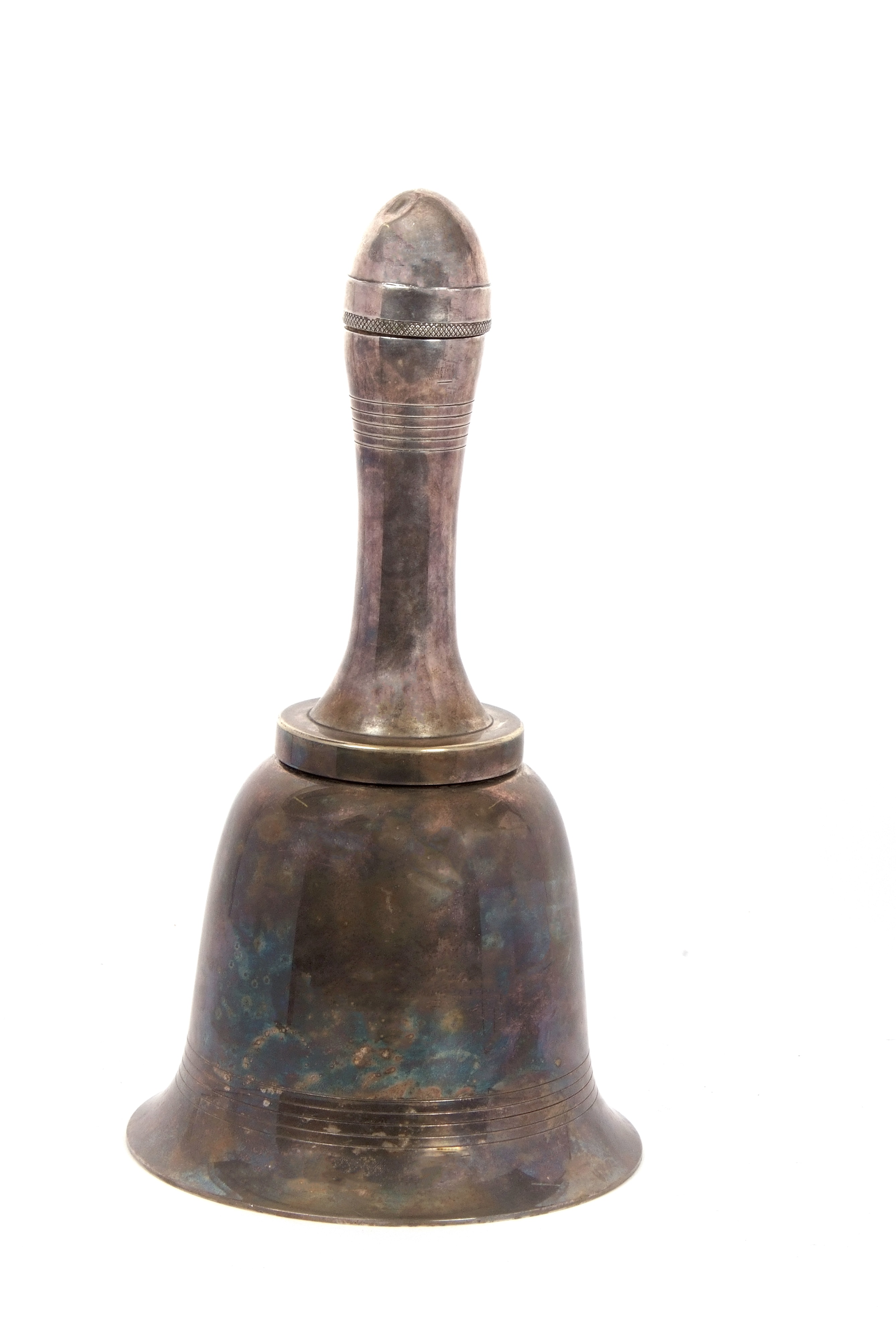

26/10/2024 General News
Silver has always been a popular material for decorative and functional domestic pieces, but it has also always had a particular characteristic: its cost, writes Nigel Ducker. Silver is called a precious metal for a reason, and that is as true today as it ever was. The metal was earlier this week trading at a ten year high price of around £850 a kilogram.
The base cost of the material is one reason that silver plate has been a popular way of bringing silver into the home ever since the technique was invented in 1742, when a Sheffield cutler spilled molten silver onto the copper handle of a knife. By accident, a method was born which would make silver items accessible to the masses.
Silver plated items are made from a base metal – usually an alloy including copper and nickel – which then has a thin layer of silver applied to the surface. In the mid 19th century the technique of electro-plating, which allowed an even thinner layer of silver to be applied to the base metal, drove the cost down still further. Thus the items have the appearance of silver, but can be produced at a fraction of the cost. It can also have the advantage of being stronger, less soft and more durable than pure silver.
Clearly the value of silver plated items will be less than equivalent pieces made from solid silver, as plate cannot be melted down for the intrinsic value of the silver itself. But perhaps because of this, as well as the ability to create larger pieces which were still affordable, silver plate has attracted top-name designers across the years, and the value of such items is more in the aesthetic than what a cynic might call its ‘scrap value’.
Perhaps the heyday of silver plate was the first half of the 20th century, when Arts and Crafts, Art Nouveau and then Art Deco designers realised that the technique could produce beautiful yet affordable things. Makers such as Asprey’s, Elkington & Co and James Dixon & Sons in the UK, as well as the German manufacturer Württembergische Metallwarenfabrik – usually shortened to WMF – led the way, producing stunning designs.
This is the key reason why collectors have learnt not to dismiss silver plate, and why we are seeing something of a resurgence of demand for it in the saleroom. Clearly cost is a factor here: for larger pieces in particular, the value of sterling silver pieces can run into the thousands, whereas their silver plate equivalents are more affordable – ironically making them sought-after.
We have a good example of this in our November Silver and Watches Sale. It is a silver plate Asprey’s ‘Joy Bell’ cocktail shaker, a lovely piece in the shape of a bell which splits into three pieces, allowing you to fill, shake and filter your cocktail all with one item.
Patented by Asprey’s in 1932, this classic Art Deco design has proven hugely popular, and the company still makes them in sterling silver with a price tag just shy of £10,000! The silver plate version in our Silver Sale has a pre-sale estimate of a rather more affordable £150-£200.
The silver plate which sells best in the saleroom are larger objects where the sterling silver equivalent would be hugely expensive; quirky items such as the Joy Bell cocktail shaker; and pieces made by top designers, especially from the Art Nouveau, Arts & Crafts and Art Deco eras.